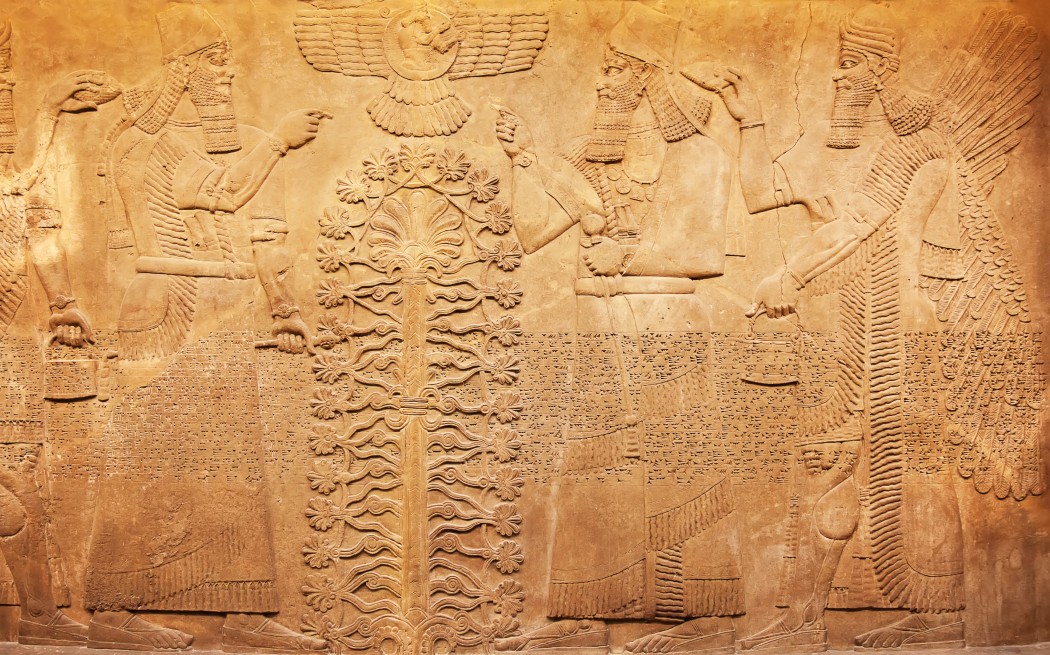The Moravian Transcription assignment was something I had never done before. I enjoyed it at first, I thought it was really cool being able to do this, but then it got much harder than I had anticipated. I was in a group of 4 people, and my group and I split up the 17, or so pages. We each did 5-6 pages, and at the end of the process we used each other for peer reading, having each other pick out the words we could not get. The words were either written too messy or too small or I just did not recognize the words that were written. Every group had different writings. They were written in different time periods, and different people wrote them, so each could have either been easier or harder to read. My process of transcribing the whole pages was to just write down the words I would translate and then leave question marks where I did not recognize, and then come back to them later. This allowed me to use the sentence around the words to help me find the word. Knowing the context made more sense. I would then ask my groupmates or the professors walking around for help, asking if they could make out the world I was struggling with. The words that I could not transcribe usually would come up again. It was nice because I could look back at those words and know what it was. The texts had many mentions of Jesus, God, and savior. I am Catholic so I enjoyed having this as the subject and I recognized these words and knew some of the stories told. I felt connected to the theme and plot of these transcriptions. I learned to write in cursive in elementary school, but never really kept with it, so I still had trouble reading the cursive.
Scripto: http://moravian.bucknell.edu/scripto/?scripto_action=user_document_pages
Google Doc: https://docs.google.com/document/d/1Nv-N7N0rR6puaTNT2_QHv_918cxgYppQjCQikAxSNqQ/edit
Caroline Walsh is a sophomore at Bucknell University and is from Needham, Massachusetts. She has two sisters, including an identical twin, who also attend Bucknell. Caroline is a member of the women’s lacrosse team on campus and enjoys hanging out with her friends.



